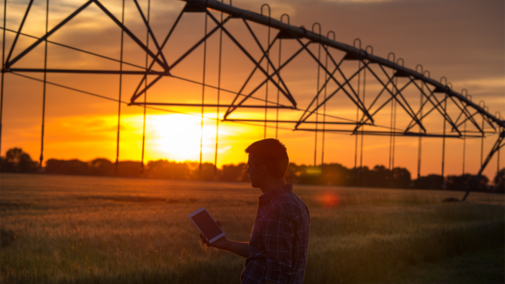Agriculture today is not what it was a decade ago. We are at an interesting pace of agricultural technological innovation and development in sensors, controls, robotics and technology, including irrigation scheduling applications. The declining quantity and quality of freshwater resources in many parts of the world, including the United States, imposes significant challenges for producers, managers, advisors and decision-makers to produce more yield with less water. It is necessary to promote sound management strategies to improve irrigation efficiency and conserve water resources. By using irrigation scheduling applications, producers can make more informed decisions that can lead to higher yields with fewer irrigation inputs.
Nebraska is one of the top states that produces maize under different irrigation methods, in third place after Iowa and Illinois. The total irrigated area in Nebraska reaches about 9.3 million acres. More than 85% of the total irrigation areas use the center pivot irrigation system, while about 15% is covered by furrow irrigation and less than 1% is managed by subsurface drip irrigation systems (see fig. 1).
A new irrigation scheduling application is being developed to improve irrigation scheduling that can have a substantial impact in using limited water supplies more effectively and increase yield per unit applied of irrigation water and sustain agricultural productivity. At the request of Irriga Global, Lutry, Switzerland, a field test was initiated for the 2022 growing season on maize fields to evaluate the irrigation scheduling application in one of the Irrigation Today.

